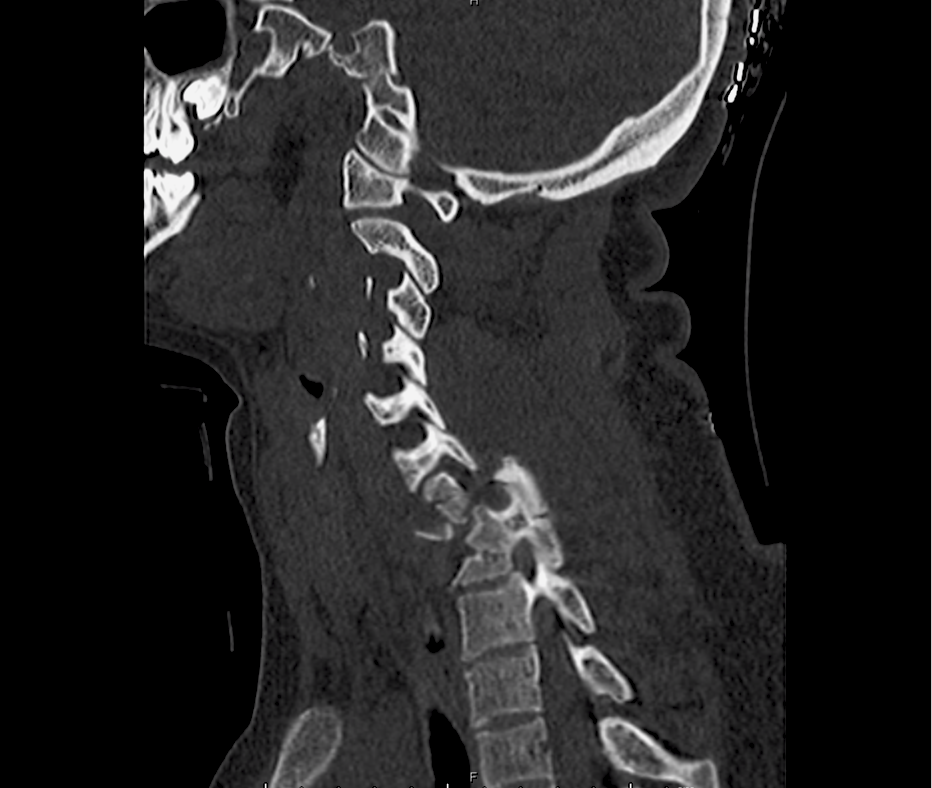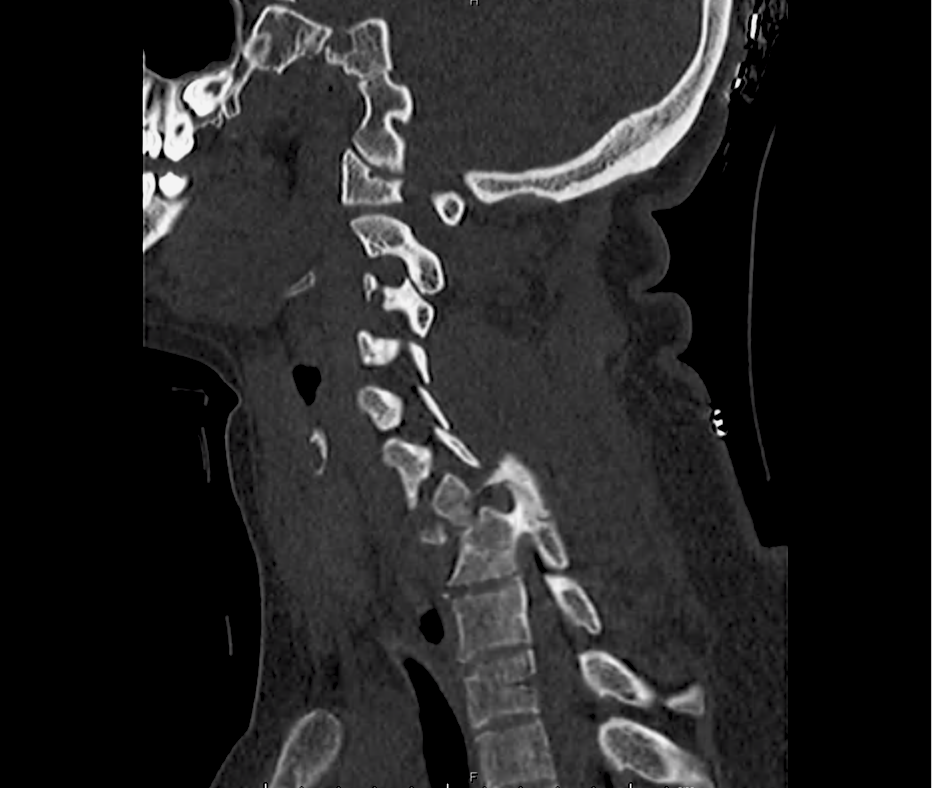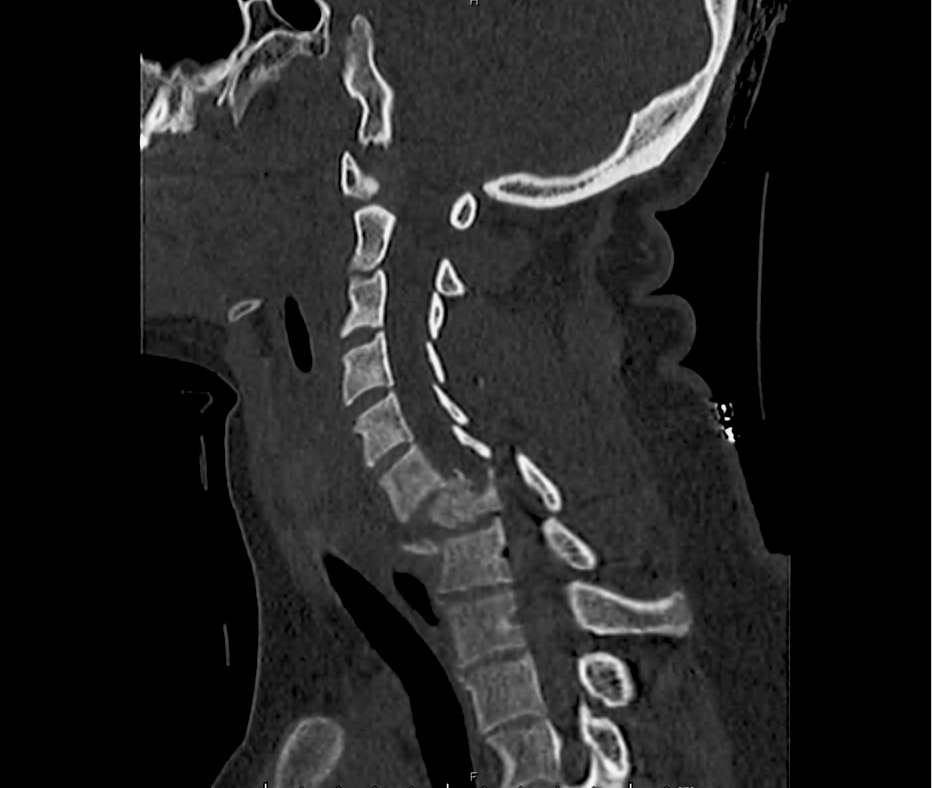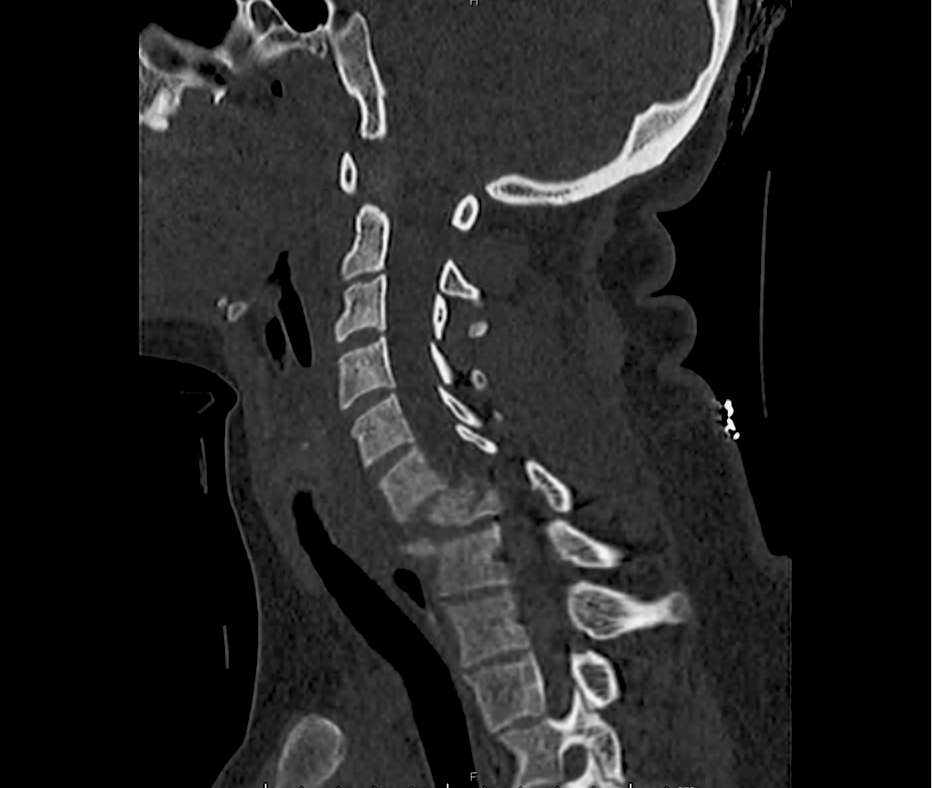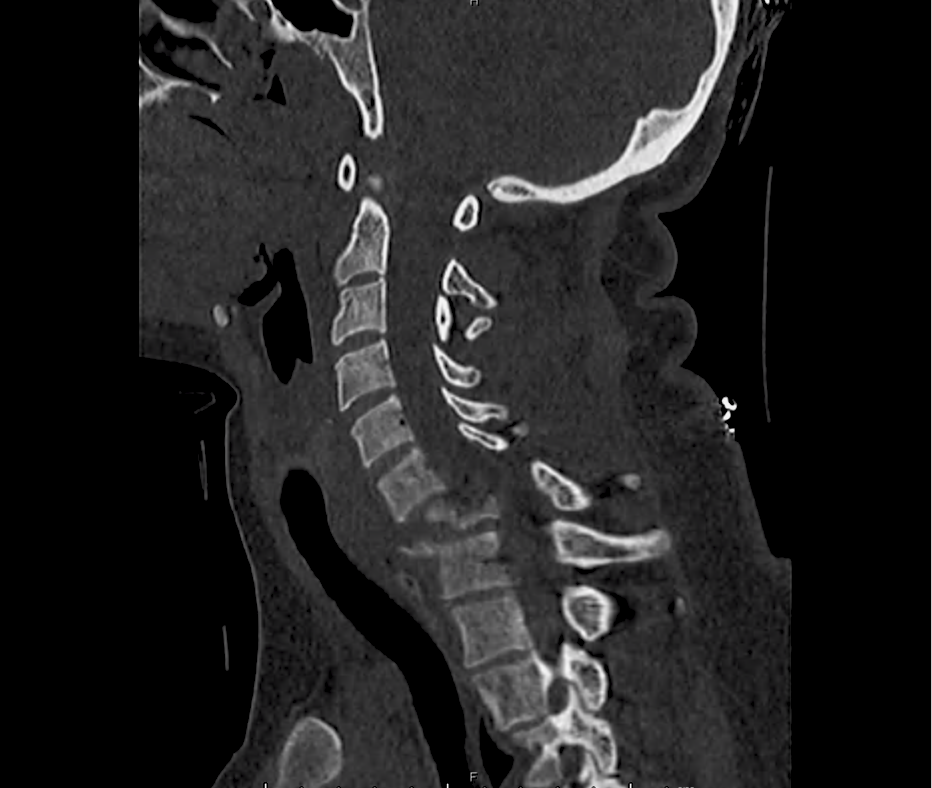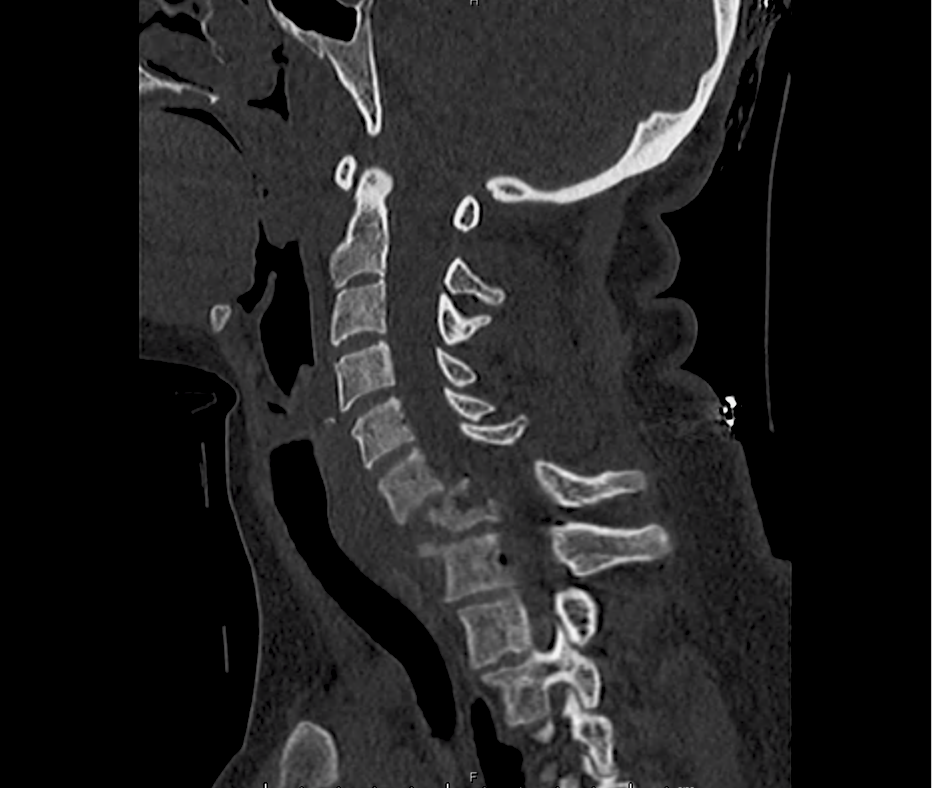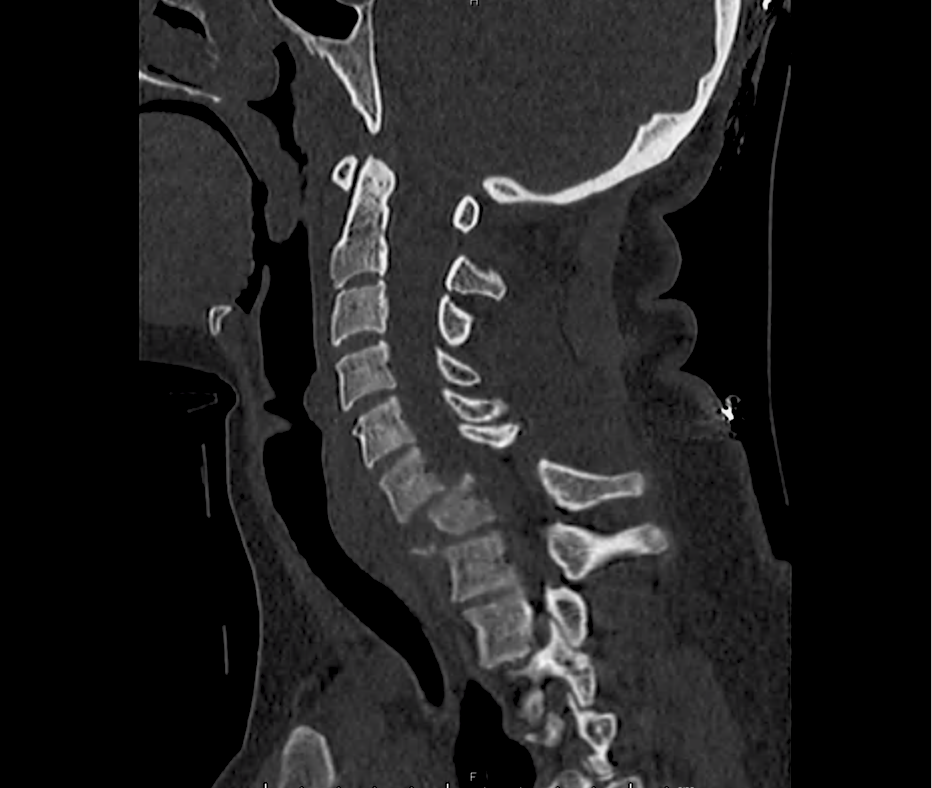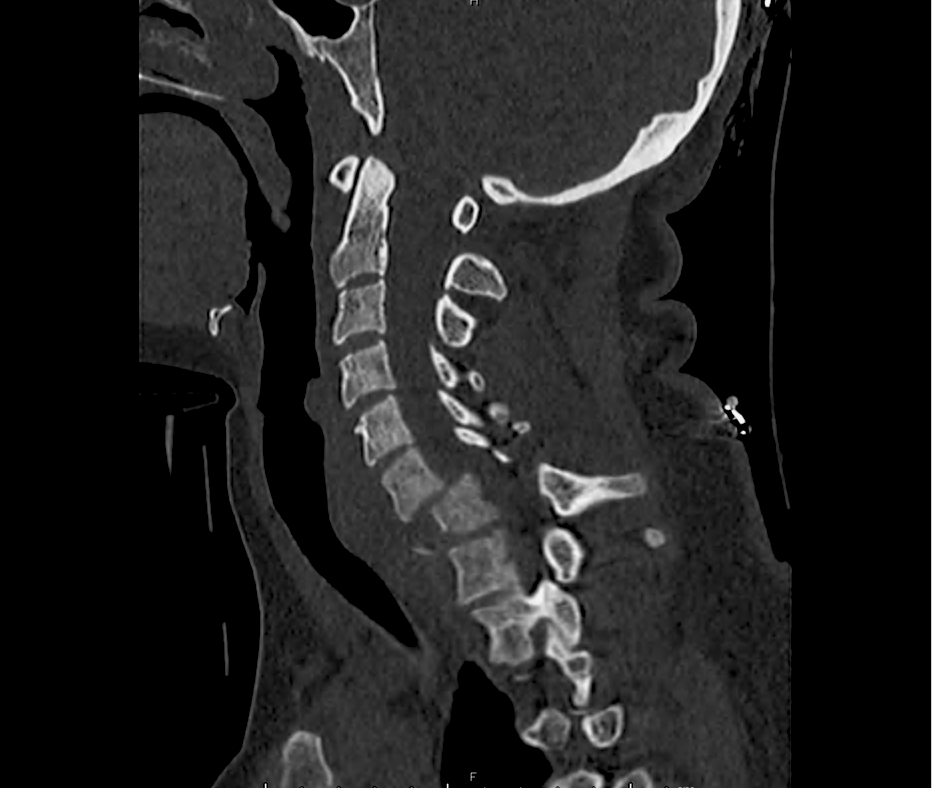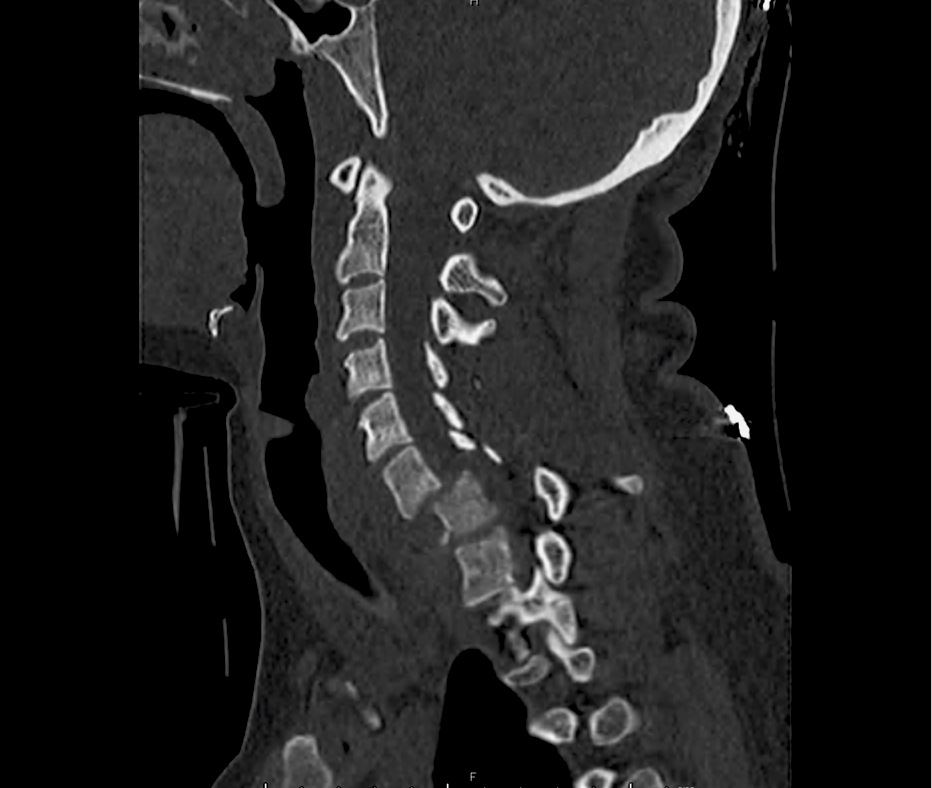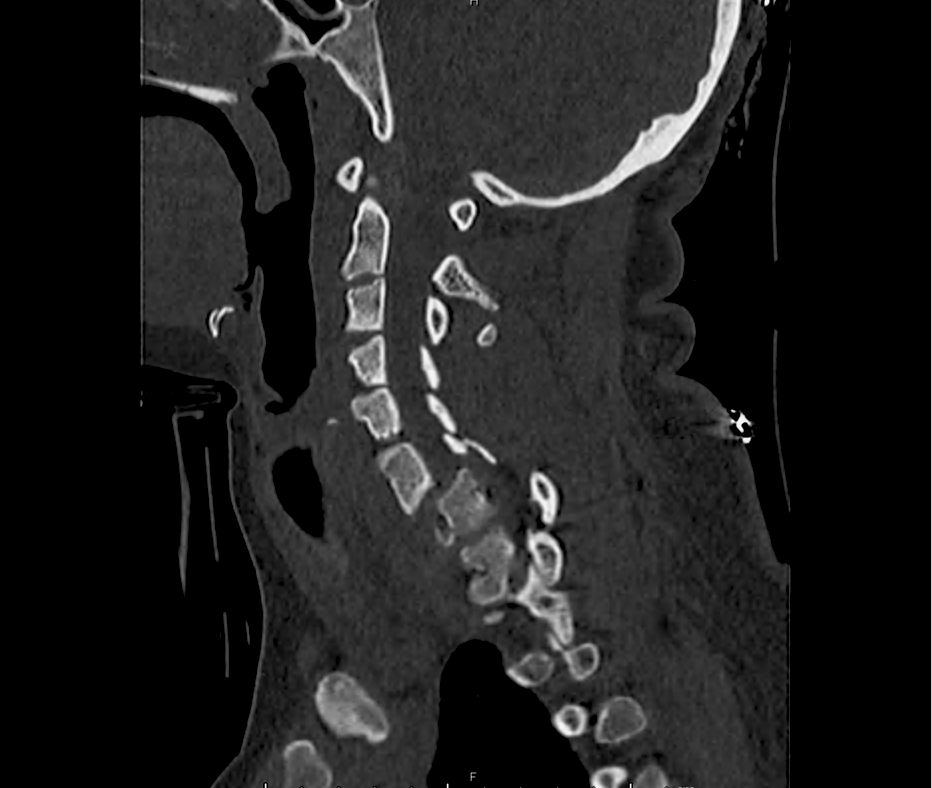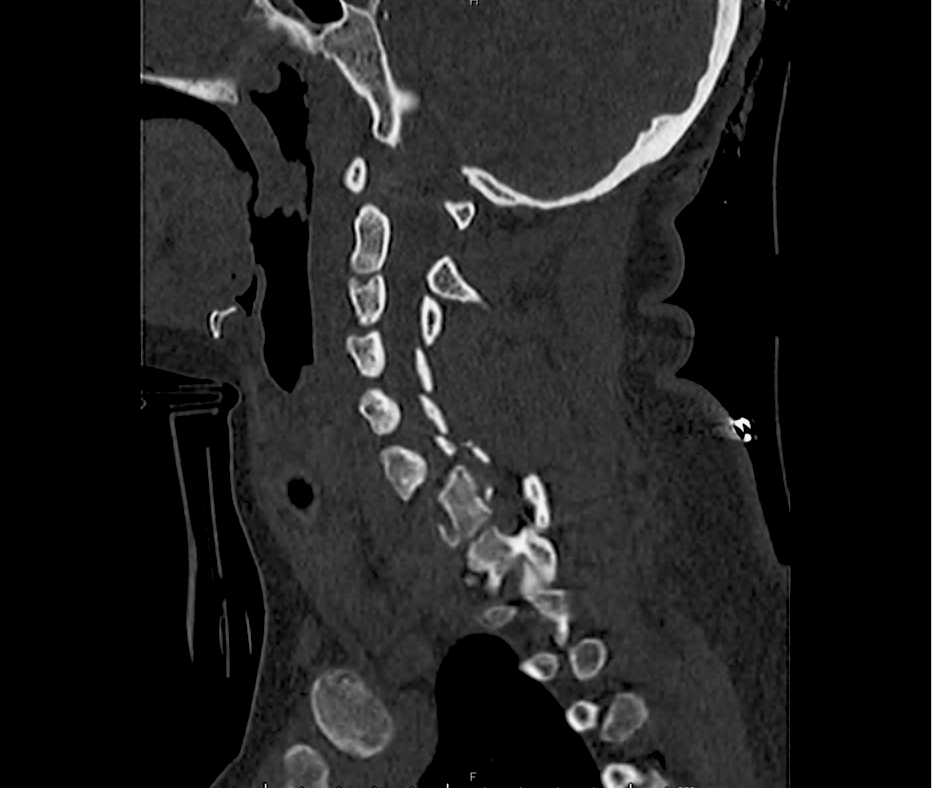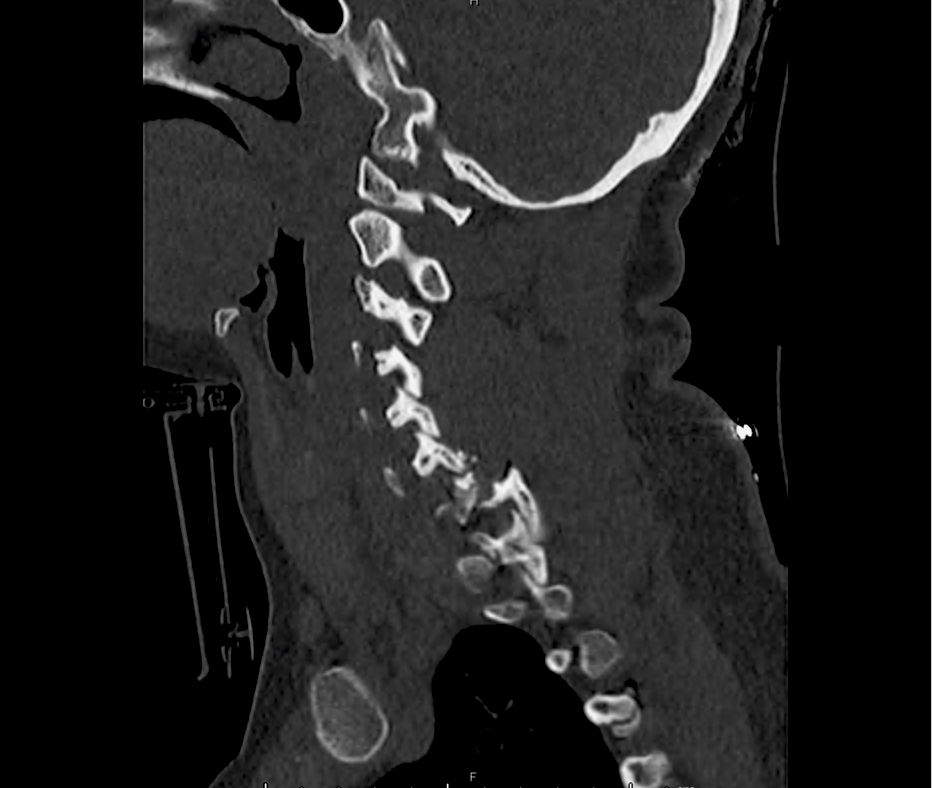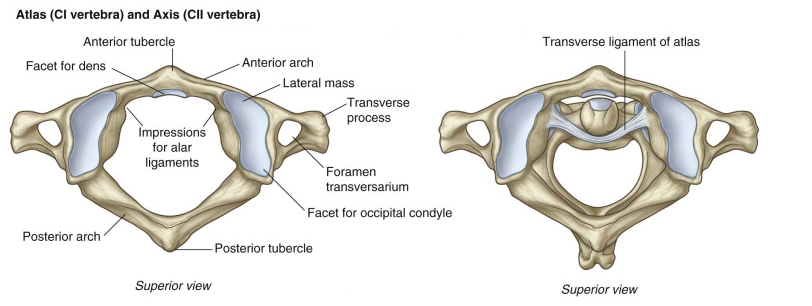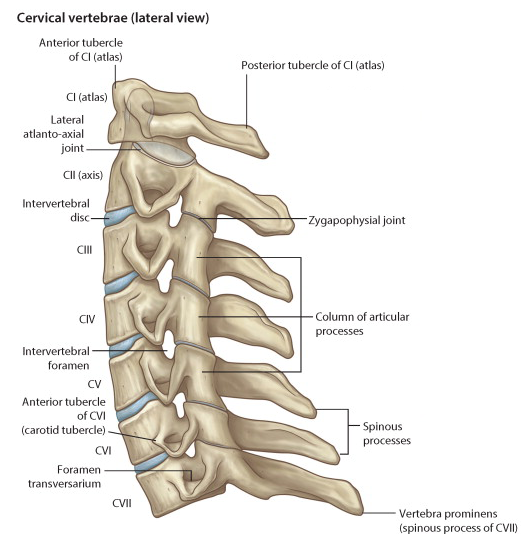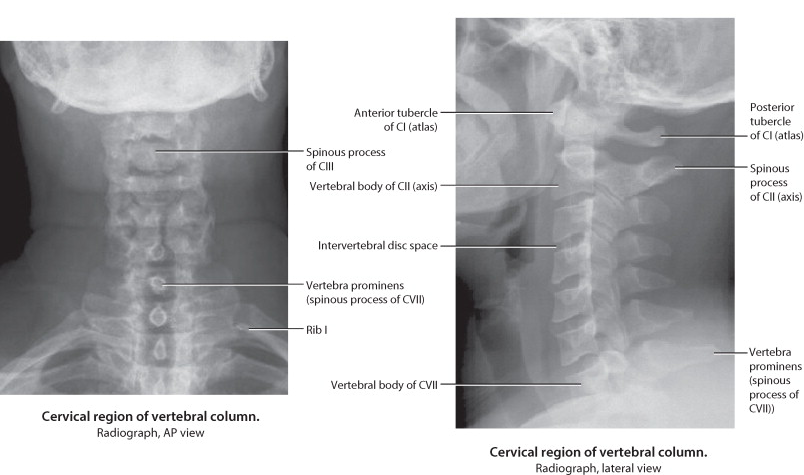Brief HPI:
A 38 year-old female with a history of obesity and obstructive sleep apnea presents with right knee pain. She cannot identify a clear precipitant for her symptoms which she first noted 2 weeks ago. Her pain is worsened with ambulation and while previously tolerable, has grown more severe despite over-the-counter analgesics over the past two days. She denies fevers, intravenous drug use, recent travel or instrumentation.
On evaluation, vital signs are normal. Physical examination demonstrates a moderate-sized right knee effusion with overlying warmth though no edema. There is minimal pain with range of motion, no pain with heel percussion, and she is ambulatory independently with a mildly antalgic gait. Clinical suspicion for septic arthritis was low. A diagnostic arthrocentesis was performed without complication. Synovial fluid was less-viscous than normal with slight debris. Laboratory analysis revealed 14,230 white blood cells with 85% neutrophils and no crystals visualized. The patient was discharged with supportive care and outpatient follow-up – cultures were ultimately negative.
An Algorithm for the Analysis of Synovial Fluid
References
- Margaretten ME, Kohlwes J, Moore D, Bent S. Does this adult patient have septic arthritis? JAMA. 2007;297(13):1478-1488. doi:10.1001/jama.297.13.1478.
- Brannan SR, Jerrard DA. Synovial fluid analysis. J Emerg Med. 2006;30(3):331-339. doi:10.1016/j.jemermed.2005.05.029.
- Couderc M, Pereira B, Mathieu S, et al. Predictive value of the usual clinical signs and laboratory tests in the diagnosis of septic arthritis. CJEM. 2015;17(4):403-410. doi:10.1017/cem.2014.56.
- MD HJC, MD LAB, MD ML. Septic Arthritis. Hospital Medicine Clinics. 2014;3(4):494-503. doi:10.1016/j.ehmc.2014.06.009.


